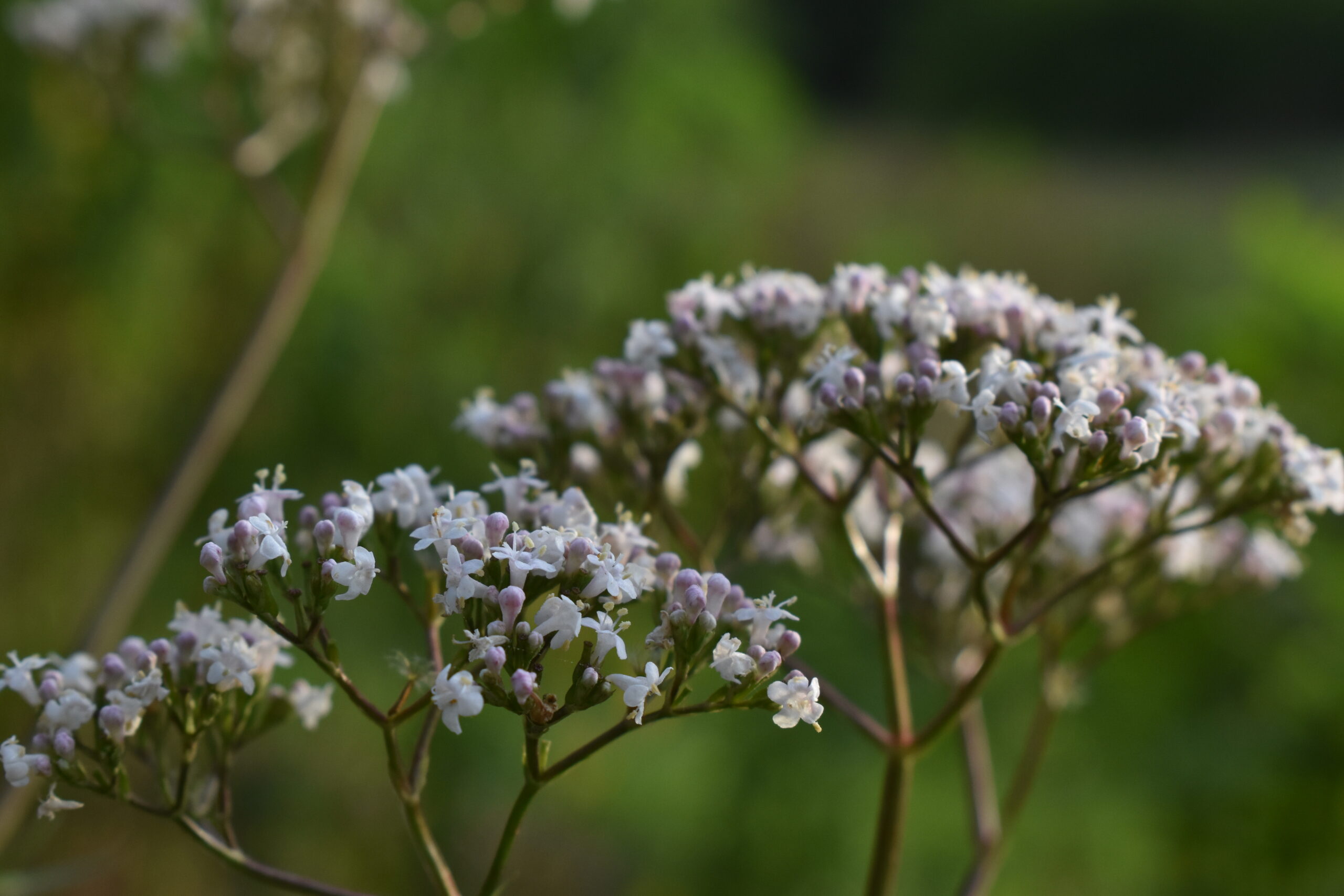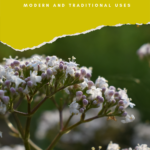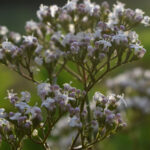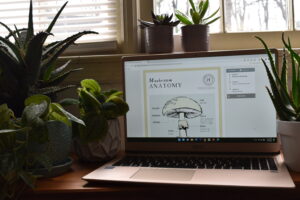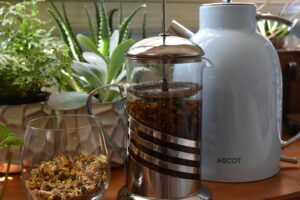Links contained in this post and elsewhere on my website may include affiliate links. When you make a purchase through these links, I earn a commission at no additional cost to you. I only link to products and services that I love - and that I think you will love, too!
Valerian is an herb with a little bit of an attitude. The dried roots are stinky, and it has an unreliable reputation among some herbalists. If you’re a home herbalist and you don’t get to know this plant, though, you’re missing out. This is doubly true if you have an herb garden and can grow your own. Here’s everything you need to know about using valerian for health and wellness.
An overview on working with valerian
Valerian is a European herb with a record of use dating back at least to the Ancient Greeks. The dried root is most commonly used by modern herbalists. If you grow your own, you can also utilize the flowers and the fresh root.
It’s often used as a calming nervine, but it also has a reputation for acting a bit erratic. For example, some people have reported a burst of energy from valerian instead of feeling calm.
King’s American Dispensatory (1898) notes that this is because it is specifically a stimulant tonic nervine. According to King’s, “In properly selected cases it relieves irritability and pain, and favors rest and sleep. ” It’s usually most effective when the person is experiencing despondency or depression alongside anxiety.
Although individual reactions to any herb are possible, valerian’s erratic nature in the past may be due to adulteration. King’s also notes several other herbs that were added to apothecary supplies on the sly to bulk up supply with a cheaper substitute!
For some, it’s a matter of serving size. You can adjust the serving size up or down to find what works best for you. Some herbalists prefer fresh roots over dried ones. Can it be finicky? Yes, but if you have a little patience it can be a workhorse of your home herbal supplies.
Why valerian is a great plant for home herbalists
Home herbalists need versatile plants with a wide range of applications. Gardening requires space. The bigger the garden the more work needs to go into it. Herbs that are high yield, don’t require much attention, and can be used for many purposes are essential for the homestead.
If you purchase your herbs from a supplier, a plant with many uses helps stretch your dollar farther. (And in this economy who doesn’t need that?) And that’s where valerian comes in. Here are some examples of how I use it, and a look at traditional uses.
I enjoy valerian in sleepy time tea blends, where it seems to behave better alongside other herbs. I also use the dried root in an extract before bed and it works reliably for me.
It’s more important for the home herbalist, in my opinion, for its traditional antispasmodic actions. This herb is valued in traditional literature for helping relax cramps and ease pain related to tension. In my experience, it performs reliably for:
- tension and bloating in the digestive tract
- promoting muscle comfort when cramps or soreness are present
- when the whole body feels tight and tense from anxiousness
I have used it in formulas for post-injury comfort when there is pain from the body creating tension or spasms around an injury in an effort to provide stability for the injury to heal. I also use it after runs or after long shifts at work to help support a comfortable recovery.
Traditional uses of valerian
Historic uses of herbs are important because they provide insight. During shortages or difficulty accessing higher care, knowing how herbs were used in the past gives us a better picture of how we might apply them should the need arise. The Eclectic Materia Medica by Felter (1922) and Medical Botany by Woodville (1970), plus King’s American Dispensatory, give us a glimpse into valerian’s past. Traditional uses include:
- Cerebral stimulant for increasing blood flow to the brain
- Antispasmodic in respiratory support formulas
- Calming nervine for tension and nervous headaches
- Carminative for indigestion and colic, especially related to anxiety or stress
- tonic nervine for chorea and seizures
- diaphoretic
- emmenagogue
- antispasmodic for menstrual cramps
Ideas for using valerian
Valerian has a strong smell and taste. If it bothers you, try blending it with mint to take off the edge. I also think the flavor masks well with maple syrup, vanilla, and sweet cherries.
Curious to try working with this herb? I created a recipe called Maple and Vanilla Comfort Cordial for the Herbal Academy blog. You can read it in the article Three Balancing Recipes for Bodies in Pain (#affiliate).
A round-up of Nine Ways to Use Valerian (#affiliate) can also be found on the Herbal Academy blog.
Motherwort is another nervine that’s great for home herbalists. My article on Herbal Uses for Motherwort has all the details!
References
Felter, H.W. (1922) The Eclectic Materia Medica https://www.henriettes-herb.com/eclectic/felter/valeriana.html
Felter, H.W., Lloyd, U. (1898) King’s American Dispensatory. https://www.henriettes-herb.com/eclectic/kings/valeriana.html
Woodville, W. (1790). Medical Botany. https://www.henriettes-herb.com/eclectic/woodville/valeriana.html
